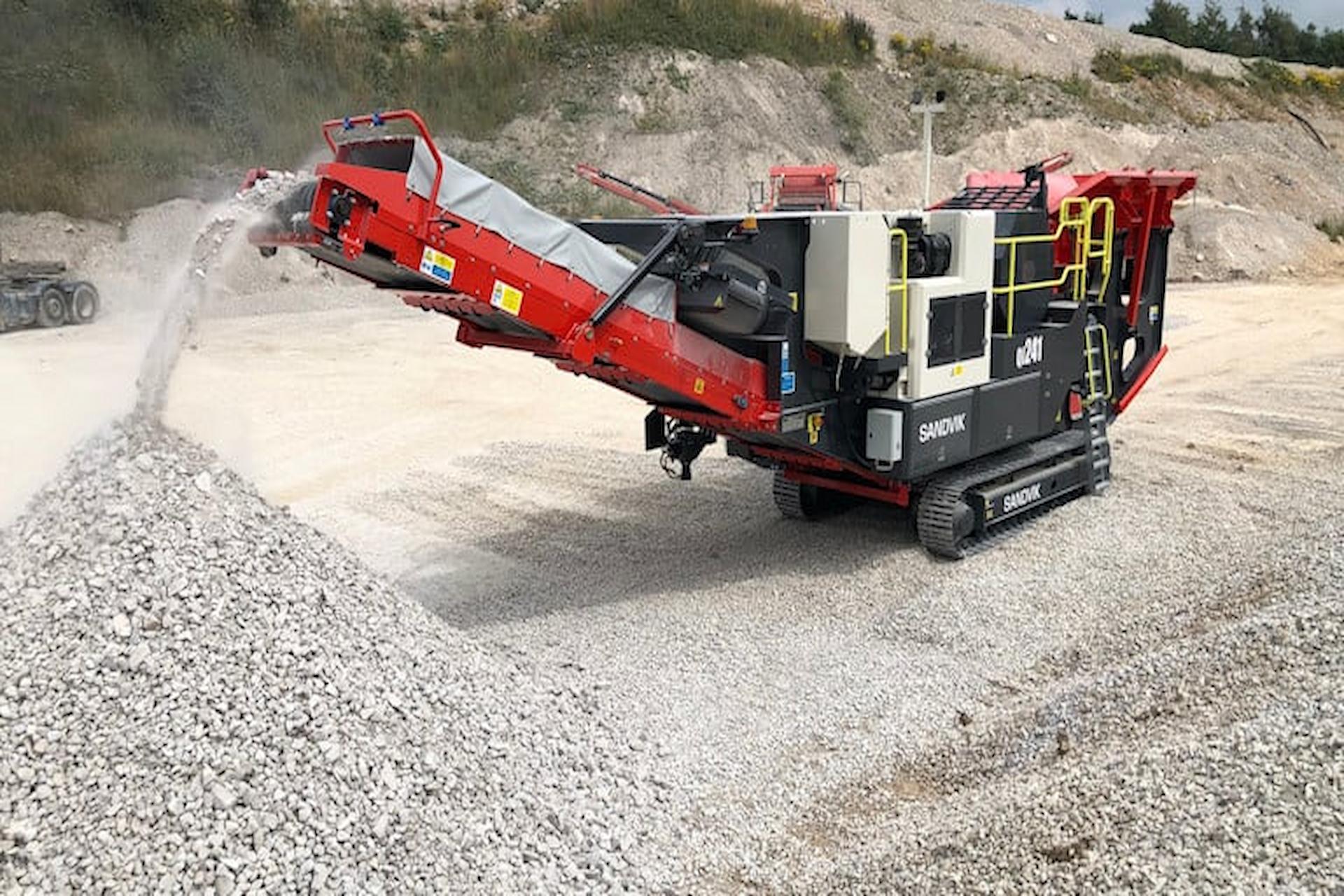CFD Trading: Applying Technical Analysis in the French Market

In the intricate world of trading, particularly with Contracts for Difference (CFDs), technical analysis serves as a critical tool for achieving success. The French market, known for its blend of European sophistication and global influence, presents numerous opportunities for CFD traders. However, to effectively navigate these opportunities and trade share CFDs with precision, a thorough understanding of advanced technical analysis is indispensable.
Technical analysis, which focuses on the study of price charts and market patterns, functions as a compass for traders, guiding them through the volatility and trends that define the French financial landscape. For those engaged in CFD trading, this analytical approach goes beyond mere speculation. It involves a strategic effort to decode market signals, anticipate movements, and make informed decisions that align with specific trading objectives.
Central to technical analysis is the detailed examination of price action and trading volume. Price charts, with their distinct peaks and troughs, narrate a history of past trading behaviors and suggest potential future directions. By analyzing these patterns, traders can identify key levels of support and resistance, which serve as crucial benchmarks for entering or exiting trades. In the context of the French market, where economic indicators and policy decisions can rapidly influence market sentiment, understanding these levels is vital for those who trade share CFDs.
Moreover, the application of technical indicators and oscillators adds depth to the trader’s analytical arsenal. Tools such as the Moving Average Convergence Divergence (MACD), Relative Strength Index (RSI), and Bollinger Bands offer insights into market momentum, trend strength, and potential price reversals. For CFD traders in France, leveraging these indicators helps filter out the noise of daily price fluctuations, allowing for a focus on significant signals that drive market trends. This capability to discern meaningful patterns from market “chatter” empowers traders to time their trades more effectively, thus maximizing potential returns.
Another essential component of technical analysis for CFD trading is the interpretation of candlestick patterns. Originating from Japan, these patterns provide a visual representation of market sentiment within specific time frames. For traders operating in the fast-paced world of share CFDs, recognizing formations such as the ‘Doji,’ ‘Hammer,’ or ‘Engulfing’ patterns can offer valuable clues regarding upcoming bullish or bearish trends. In the dynamic French market, where investor sentiment can change swiftly, knowledge of candlestick patterns equips traders with the foresight needed to navigate volatility with confidence.
However, applying technical analysis successfully in trading share CFDs also requires an understanding of the broader market context. It’s not just about the indicators and patterns in isolation but also how they interact with fundamental factors such as economic announcements, political events, and corporate earnings reports. Given that the French market is central to the European economy, it is particularly sensitive to regional economic policies and geopolitical developments. Thus, a holistic approach that integrates technical insights with an understanding of fundamental drivers provides a more comprehensive strategy for CFD traders.
The practice of technical analysis in the realm of French CFD trading combines both art and science. It demands not only a deep knowledge of charts and indicators but also the patience and discipline to wait for the right signals before taking action. The most successful traders are those who can maintain clarity amid market noise, applying their technical analysis skills systematically and consistently.
For those trading share CFDs in the French market, advanced technical analysis offers a robust framework for interpreting market signals and navigating the complexities of trading. Mastery of price charts, indicators, and candlestick patterns, combined with a keen awareness of broader market dynamics, positions traders to seize opportunities and manage risks effectively. The journey toward proficiency in technical analysis is ongoing, requiring continuous learning and adaptation, but the rewards for the dedicated trader can extend well beyond the French market, opening doors to success in the global financial arena.




Leave a Reply
You must be logged in to post a comment.